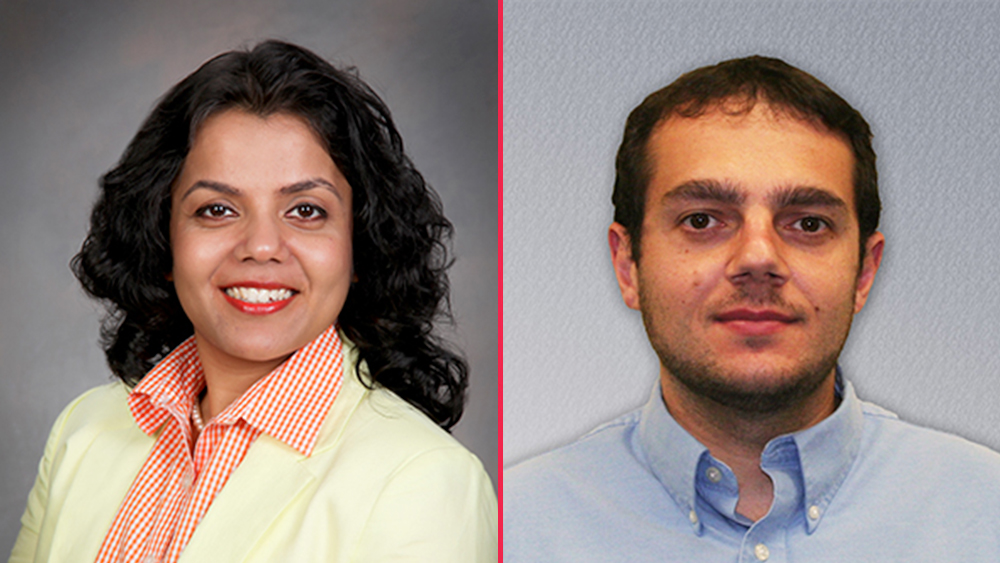
Dr. Shikha Prasad and Dr. Jean Ragusa, are recipients of development fellowships from the 2020-21 edition of the Texas A&M University System National Laboratories Office Collaborative Research Program with Los Alamos National Laboratory (LANL).
The Collaborative Research Program was designed to increase the number and depth of research collaborations that benefit the A&M System, LANL and researchers. Development fellowships are awarded to researchers who have the skills, knowledge and interest in developing lasting, collaborative relationships with LANL researchers. Prasad and Ragusa were both awarded their fellowships for their individual research projects.
Prasad, an assistant professor who has been with the department for two years, works primarily in the field of nuclear security and nonproliferation. Alongside Matthew Devlin and Andrea Favali with LANL, Prasad will measure neutron multiplicity from spontaneous fissions of plutonium-240, a human-made isotope and major constituent of several proposed advanced reactor designs.
“Despite such promising characteristics and efforts to utilize these characteristics, there is a lack of plutonium-240 measured nuclear data,” said Prasad. “The plutonium-240 measurements will help improve our understanding of reactor safety parameters, used nuclear fuel and other derivative man-made isotopes (plutonium-241 and americium-241).”
After data collection, the team will perform uncertainty quantification and validation to finalize the research for dissemination. The techniques used in Prasad’s measurement campaign will be used to teach NUEN 405: Nuclear Engineering Experiments.
Ragusa, a professor who has been with the department for 16 years, researches computational and data sciences applied to national security and nuclear engineering. He received his fellowship for his computational research in the field of high-energy-density physics (HEDP). HEDP is a subfield of physics where condensed matter physics and nuclear physics combine, and it plays an important role in LANL’s national security missions.
Due to the interactions of coupled physical phenomena and large systems of equations involved, running these simulations can be incredibly challenging and require using leadership-class supercomputers. Ragusa and his team will investigate various machine-learning approaches to speed up thermal radiative transfer simulations.
“With Dr. Andrew Till and Dr. Pete Maginot, team members and former nuclear engineering students, I will investigate several data-science approaches to significantly reduce the computational complexity of thermal radiative transfer simulations,” said Ragusa. “Our goal is to enhance algorithmic efficiency and build accurate surrogate models for faster simulations.”
Approximately 40% of the proposals in each category of the Collaborative Research Program were selected for funding and the review process involved numerous technical experts across the A&M System and LANL.